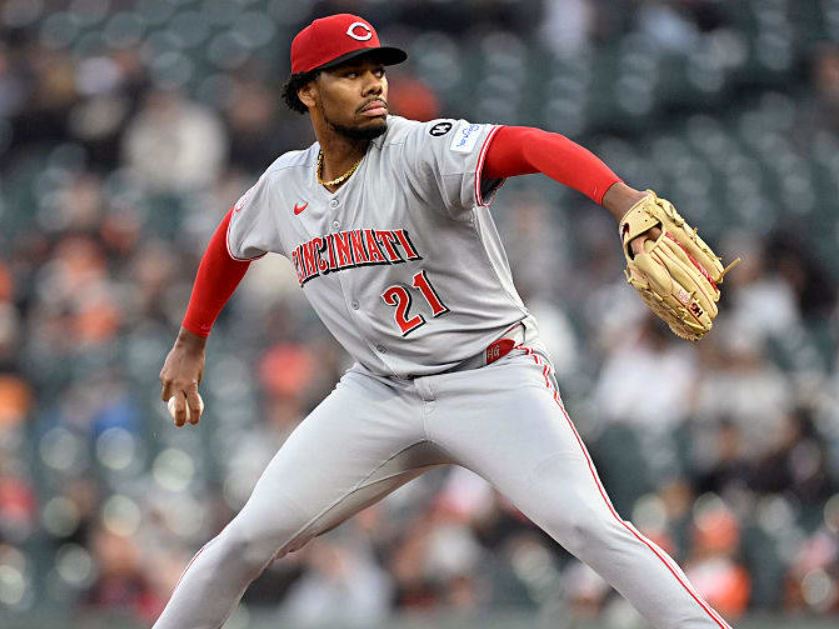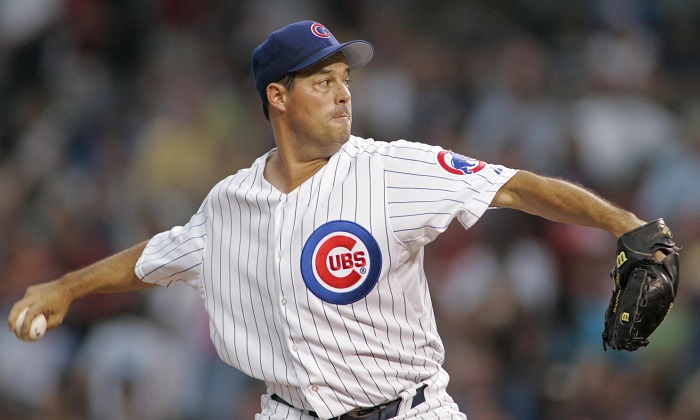Are Pitchers Really Throwing that Much Harder Today or is it Something Else?

Baseball’s fastball is getting faster, and fans are buzzing. From watercooler debates to heated X threads, the question looms: why are today’s pitchers hurling heat like never before? I recently dove into this topic with a curious fan, and our chat uncovered some fascinating truths about the evolution of pitching speed in Major League Baseball (MLB). Let’s break it down—here’s why fastballs are blazing and what it means for the game.
The Numbers Don’t Lie: Velocity Is Up
It’s no secret that pitchers are throwing harder. Back in 2007, the average fastball clocked in at about 91.9 mph. Fast forward to 2023, and that number jumped to 94.2 mph, according to Statcast data. That’s a significant leap in just over 15 years! When I shared this with my friend, they were floored. “Is this just pitchers getting stronger, or is something else at play?” they asked.
The answer? It’s a bit of both. Modern training regimens—think biomechanics, weighted ball programs, and data-driven coaching—have turned pitchers into finely tuned athletes. Programs like Driveline Baseball emphasize velocity through science, helping pitchers unlock every ounce of arm strength. But that’s only part of the story.
Tech Changes the Game
I pointed out that technology plays a massive role. Older radar guns, used before the mid-2000s, often measured pitch speed closer to home plate, where the ball naturally slows down. Enter PitchFX (introduced in 2007) and Statcast (2015), which measure velocity right at the release point—closer to the pitcher’s hand, where the ball is at its fastest. This shift alone can add a couple of mph to the readings.
“So, are today’s numbers inflated?” my friend asked. Well, sort of. The new tech gives a more accurate snapshot of a pitch’s raw speed, but it makes comparing today’s flamethrowers to legends like Nolan Ryan tricky. Ryan’s 100.9 mph fastball in 1974 was measured near the plate—imagine what it would’ve clocked at release!
The Fan Divide: Evolution or Annoyance?
Not everyone’s thrilled about the velocity spike. “Some purists on X are mad,” I told my friend. “They say it messes with historical records.” It’s true—when you measure speed differently, it’s hard to stack modern aces like Jacob deGrom against old-school greats like Bob Feller. For traditionalists, it feels like the game’s losing its continuity.
But others see it differently. “It’s just baseball evolving,” I argued. Faster pitches mean more strikeouts, tighter games, and a new kind of excitement. Hitters are adapting too, with advanced analytics helping them anticipate 100 mph heaters. The game’s arms race is thrilling, even if it leaves some fans nostalgic for simpler times.
Table: Fastest Pitchers’ Speeds in 2025 vs. Year 2000 Technology
We created this table to show what the flamethrowers of today may have been clocked at 25 years ago. I think it is very eye opening.
| Pitcher | 2025 Speed (mph) | Speed in 2000 |
|---|---|---|
| Aroldis Chapman | 105.1 (Aug. 7, 2024) | 95.6 |
| Ben Joyce | 105.5 (Sept. 3, 2024) | 96.0 |
| Jordan Hicks | 105.0 (May 20, 2018) | 95.6 |
| Jhoan Duran | 104.0 (2024) | 94.6 |
| Hunter Greene | 103.0 (2023) | 93.7 |
This works in reverse as well. We always hear about how great of a pitcher Greg Maddux was despite his slow arm speed. But his fast ball speed wouldn’t be bad at all if measured with today’s tech.
Greg Maddux’s Pitching Speeds (Playing Days vs. 2025 Estimates)
Maddux’s fast ball was between 88-91 mph in the peak of his career. It had slowed a bit with age, but he had become a masterful location pitcher by this time. But 88-91 in today’s game would clock in at about 95-98 mph.
What’s Next for Pitching?
My friend wrapped up our chat with a big question: “Where’s this headed?” If trends continue, we might see average fastball speeds creep closer to 95 mph in the next few years. But there’s a catch—faster pitches often mean more strain on arms, leading to injuries like Tommy John surgery. Teams are already balancing velocity with pitcher health, using pitch counts and rest days to protect their stars. One thing’s clear: the fastball isn’t slowing down anytime soon. Whether you’re a stats nerd, a purist, or just love watching a 100 mph heater sizzle by, pitching speed is reshaping baseball’s future.


















